MOTION IN STRAIGHT LINE
- Motion is the change in position of an object with respect to its surroundings in a given time interval.
- Motion in a straight line is the simplest form of motion, where an object moves along a straight path.
- Distance is the total path traveled by an object in a given time interval, and it is a scalar quantity.
- Displacement is the change in position of an object in a given time interval, and it is a vector quantity.
- Speed is the magnitude of the velocity vector, and it is a scalar quantity. It is defined as the distance traveled per unit time.
- Velocity is the rate of change of displacement with time, and it is a vector quantity. It has both magnitude and direction.
- Average speed is defined as the total distance traveled divided by the total time taken.
- Instantaneous speed is the speed of an object at a particular moment in time.
- Acceleration is the rate of change of velocity with time, and it is a vector quantity. It has both magnitude and direction.
- Uniform motion is when an object travels equal distances in equal intervals of time. The velocity remains constant, and the acceleration is zero.
- Non-uniform motion is when an object does not travel equal distances in equal intervals of time. The velocity changes, and the acceleration is not zero.
- Equations of motion for uniformly accelerated rectilinear motion:
- v = u + at (first equation of motion)
- s = ut + (1/2)at^2 (second equation of motion)
- v^2 = u^2 + 2as (third equation of motion) where v is the final velocity, u is the initial velocity, a is the acceleration, t is the time, and s is the displacement.
- Graphical representation of motion: Distance-time graph and Velocity-time graph.
- Distance-time graph: In a distance-time graph, the distance traveled by an object is plotted on the y-axis against time on the x-axis. The slope of the graph represents the speed of the object. A steeper slope indicates a higher speed, while a flatter slope indicates a lower speed. A horizontal line represents zero speed, and a straight diagonal line represents uniform speed.
- Velocity-time graph: In a velocity-time graph, the velocity of an object is plotted on the y-axis against time on the x-axis. The slope of the graph represents the acceleration of the object. A positive slope indicates positive acceleration, a negative slope indicates negative acceleration (deceleration), and a horizontal line indicates zero acceleration.
- Relative velocity: It is the velocity of an object with respect to another object. It depends on the velocity of both objects and the angle between their directions of motion. The relative velocity of two objects moving in the same direction is the difference between their individual velocities, while the relative velocity of two objects moving in opposite directions is the sum of their individual velocities.
- Dimensional Analysis: It is a method used to convert one physical quantity into another using their dimensions. It is based on the principle that physical quantities of the same dimension can be equated to each other.
- Dimensional Formula: It is a symbolic representation of the dimensions of a physical quantity. It is obtained by writing the dimensions of fundamental quantities (such as length, mass, time) in terms of their respective fundamental units.
- Significant Figures: These are the digits in a measurement that carry meaning and contribute to its accuracy. Rules for determining significant figures in a measurement include counting all non-zero digits, captive zeros, and trailing zeros after a decimal point.
- Error Analysis: In experimental physics, errors are unavoidable. Error analysis involves determining the accuracy and precision of experimental measurements, estimating uncertainties, and evaluating the reliability of experimental results.
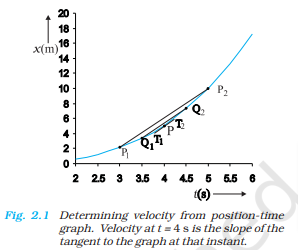
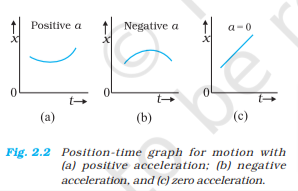
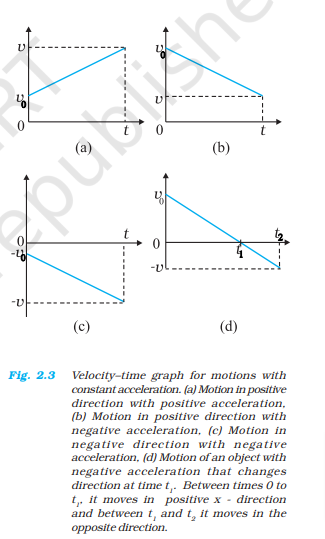
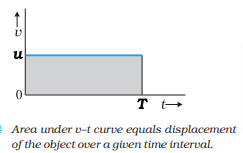
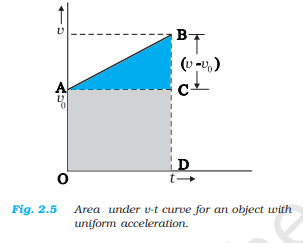
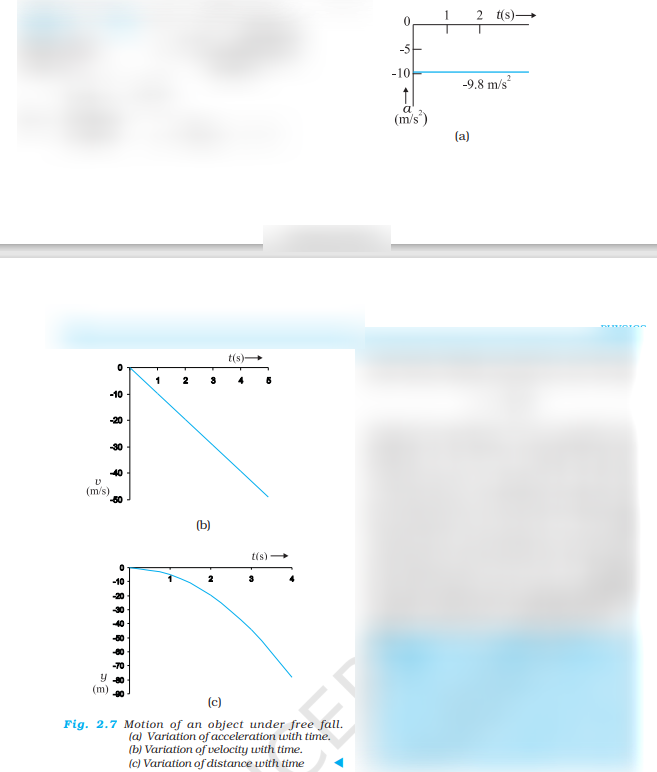
Comments
